Can you reglaze pottery that turned out less than perfect? Absolutely! Whether you’re trying to refresh an old glaze, correct a flaw, or simply experiment with new glazes, reglazing offers a way to give your pottery a second life. The process involves carefully removing the existing glaze, preparing the clay body, and applying a new glaze with techniques such as brushing, dipping, or spraying. Each method comes with its own potential challenges, like ensuring the glaze adheres properly or avoiding damage during the firing process. Here’s a quick guide to the essentials of reglazing:
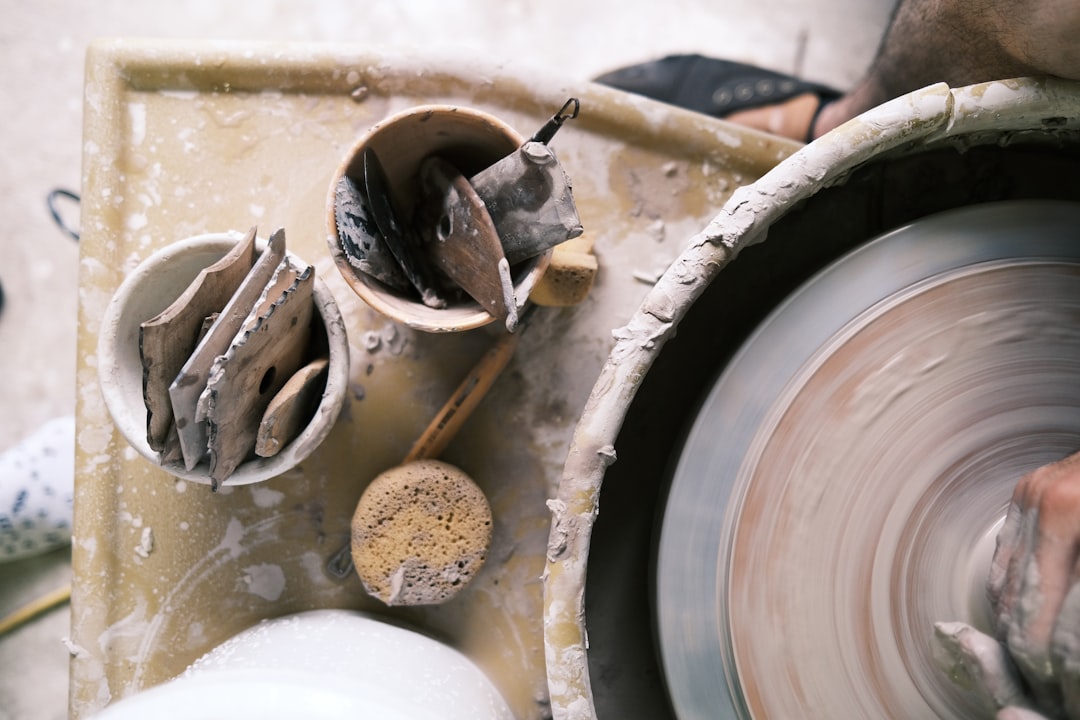
| Reason for Reglazing | Preparation Techniques | Application Methods |
|---|---|---|
| Refresh old glazes | Sanding | Brushing |
| Correct flaws | Heating the piece | Dipping |
| Experiment / Switch colors | Using glue or starch for adhesion | Spraying |
Understanding the Challenges of Reglazing Pottery
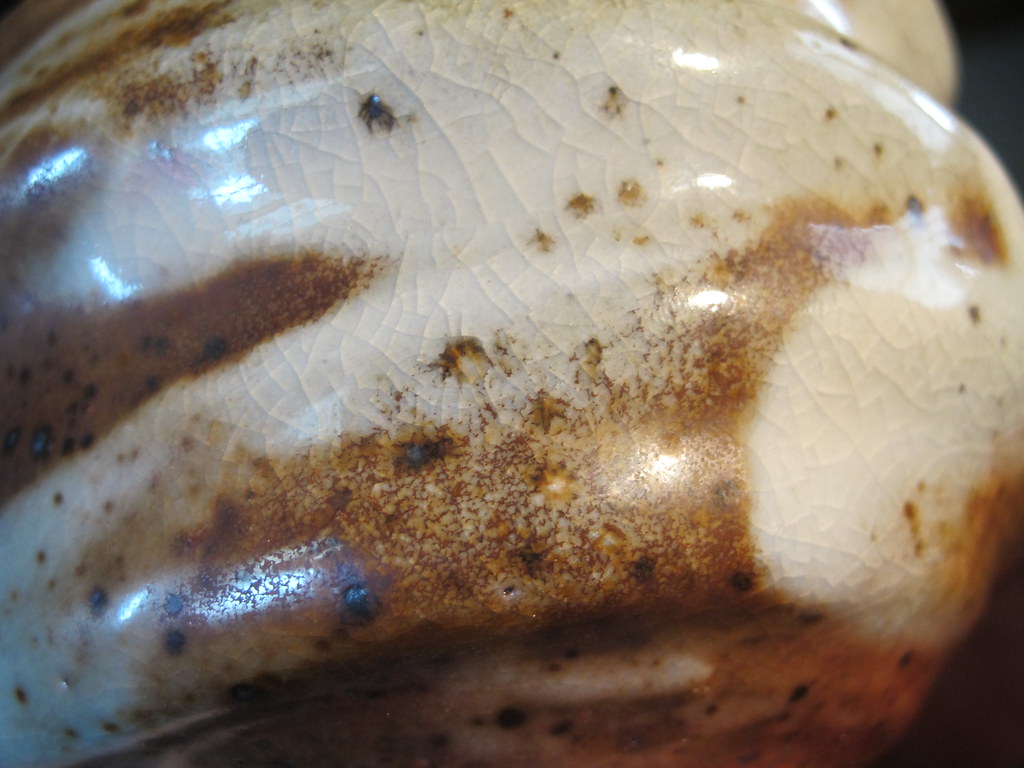
Reglazing pottery can truly be a test of patience and skill. Imagine picking up your fired pieces only to find that the glaze didn’t turn out as expected. It’s like eagerly expecting a masterpiece and discovering a lackluster surprise instead. This is the reality many potters face when reliant on the standard glazes provided by ceramic studios, which often have their own formulas to minimize issues such as glaze running. This challenge leaves you wondering if you can rectify unsatisfactory results with a second firing and better glaze adherence strategies.
When tackling reglazing, it’s crucial to address a few primary concerns to ensure success:
- Properly remove any old glaze to improve adhesion.
- Adapt to the limitations posed by provided glazes, which may restrict creative control.
- Implement techniques for enhancing the stickiness of new glazes.
These hurdles can be overcome with thoughtful preparation and technique, paving the way for a successful reglazing experience.
Preparation Techniques for Reglazing Success

Stepping into the world of reglazing starts with meticulous preparation. This is where the magic begins—by transforming what feels like a setback into a fresh canvas. The first step is all about preparing the clay body. This can involve sanding or warming the piece to ensure the old glaze is fully removed and the clay is receptive to a new application. Some potters swear by the unexpected: glue, starch, or even a light mist of hairspray to create a tacky surface for the new glaze to cling to.
Before diving into your chosen method, remember that reglazing is most effective on stoneware and porcelain. Avoid extremely porous clays that are more prone to issues during the firing process.
Application Techniques: Making the Most of Reglazing
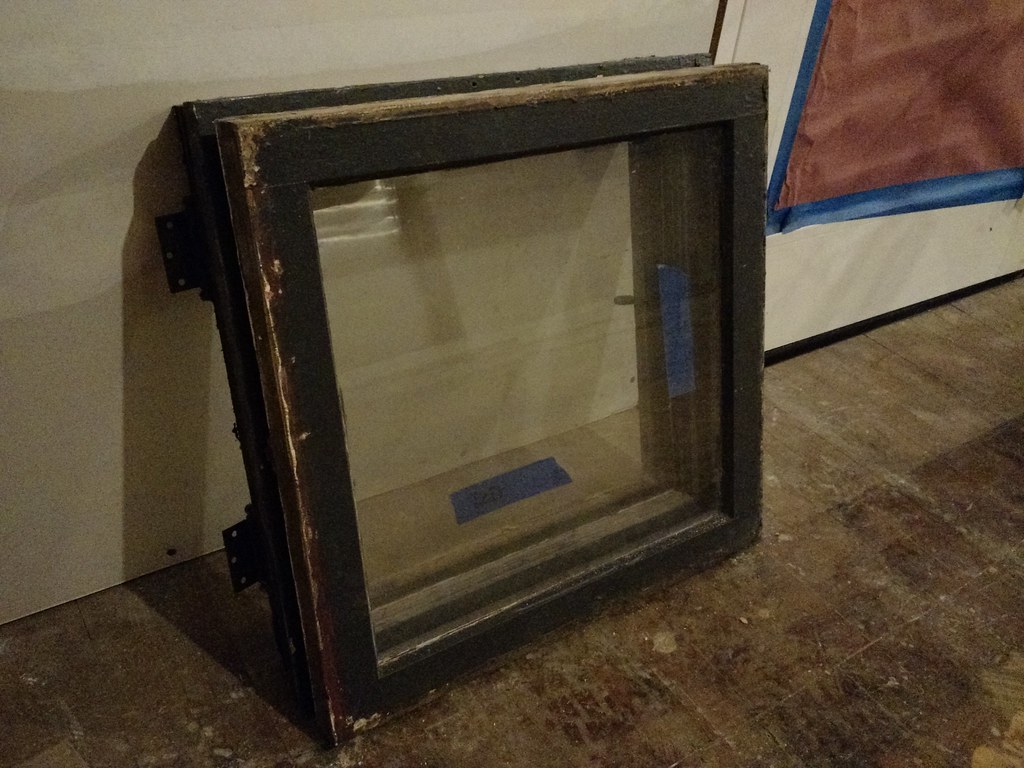
Once prepared, it’s time to consider how the new glaze will be applied. The method you choose can greatly impact the final outcome:
- Brushing: Provides excellent control for detailed work and is ideal for small adjustments or intricate designs.
- Dipping: Offers even coverage and is useful for unrestricted shapes, though it requires caution to avoid running.
- Spraying: Perfect for large surfaces or complex pieces, delivering a fine, even layer without the risk of heavy buildup.
Each of these techniques has its own advantages and potential pitfalls, making it essential to test and refine your approach. Remember, taking the time to test glaze compatibility through smaller pieces or sample tiles can save you from bigger headaches after the final firing.
Refiring: The Final Step in Reglazing
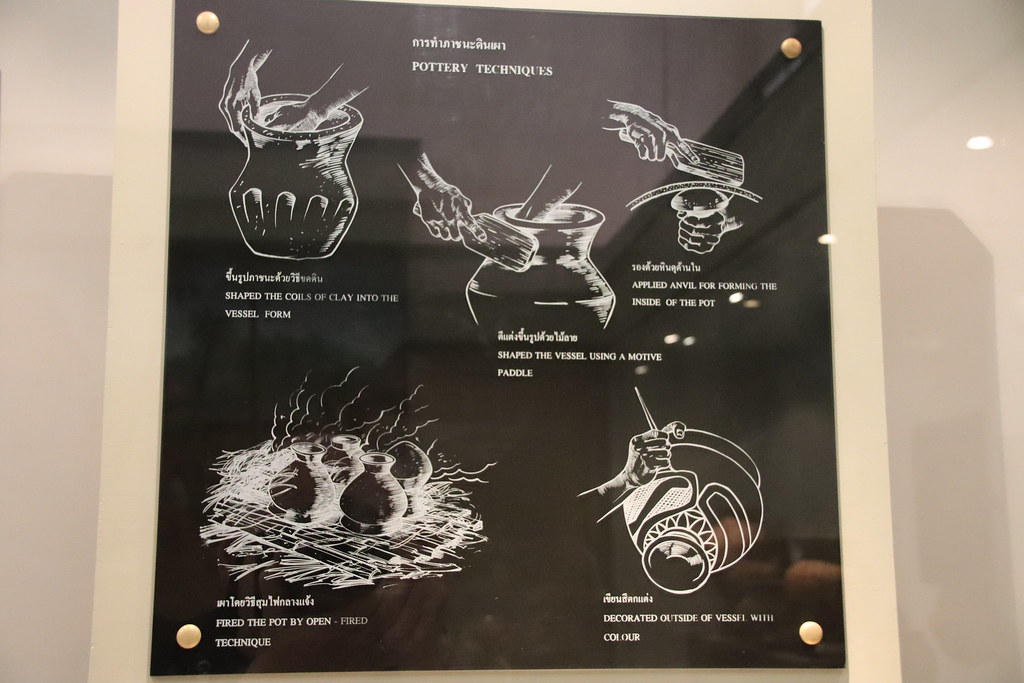
The culmination of your reglazing journey is the refiring process, which solidifies your hard work into a finished piece. It’s vital to ensure the kiln is set to a suitable temperature and adheres to a slow, steady cycle. This minimizes the risk of the glaze running or the pottery becoming brittle. Using kiln posts or stilts, applying kiln wash, and spacing pieces for optimal heat circulation are all small yet significant steps to prevent issues during firing.
While it might seem daunting, reglazing can breathe new life into pottery, turning imperfections into opportunities for creativity and improvement. Feeling adventurous with your pottery projects? Or perhaps you’ve encountered a few glazing surprises of your own. Share your experiences or tips in the comments, and let’s continue exploring the art of reglazing together!
For those looking for creative inspiration, consider exploring unique designs for bowl pottery painting, which might spark new ideas for your reglazing projects.
Check out our recent articles for more insights and exciting updates on crafting and pottery!
Stainless Ceramic Painting Sprayer Pottery
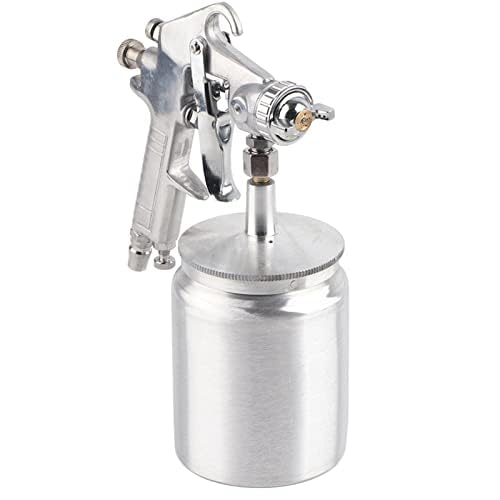
The Beolee.Dan Ceramic Knife Set is meticulously crafted to enhance your culinary experience with its non-reactive ceramic materials, ensuring your fruits, vegetables, and meats remain fresh and oxidation-free for healthier cooking. This kitchen essential promises sharp precision and lasting performance, making meal prep both efficient and enjoyable. Elevate your kitchen with the elegance and functionality of this ceramic knife set.
How to RE-GLAZE your failed pots!!!
Can you reglaze pottery that turned out less than perfect? Absolutely! Whether you’re trying to refresh an old glaze, correct a flaw, or simply experiment with new glazes, reglazing offers a way to give your pottery a second life. The process involves watching tutorials and guides, such as the YouTube video “How to RE-GLAZE your failed pots!!!” by Jonthepotter, which teaches you how to refire pots when things don’t come out as expected.
Can I Reglaze a Piece of Pottery?
Yes! It’s entirely possible to reglaze or refire a pottery piece if you follow the right steps. Many ceramic artists take this route to fix minor glazing flaws, refresh a dull finish, or simply experiment with new glaze colors. Just remember to clean and prep your pottery thoroughly before applying the new glaze to help ensure an even, successful refire.
How Much Does Pottery Glazing Cost?
Glaze costs vary depending on the brand, type, and quality of the finish you want. Entry-level options can start as low as $10–$20 per bottle, while premium or specialty glazes may run $30 and up. It’s worth investing in a few reliable, well-reviewed products to achieve a vivid, long-lasting color on your pottery or ceramic pieces.
Can Broken Pottery Be Refired?
Unfortunately, refiring won’t magically repair a shattered piece of pottery. Once the clay is broken, it can’t be fused back together in the kiln. Instead, you’ll need “cold” methods like a two-part epoxy adhesive to restore your pottery. After carefully mending the fragments, you can often disguise the crack with paint or decorative techniques, returning your piece to functional or display-worthy condition.
Can You Reglaze Cracked Pottery Successfully?
Yes, reglazing or refiring cracked pottery is a viable option for hairline or minor surface cracks. However, deeper structural damage may weaken the piece too much to withstand another firing. If your pottery’s integrity is still strong, a new coat of glaze and careful refiring can seal the crack’s surface, giving your pottery a refreshed look.
Reglazing pottery is a fantastic way to revive your pieces, correct any mishaps, and explore new artistic avenues. With the right techniques and a bit of creativity, you can give your pottery a stunning second chance that reflects your unique style.
Keep the Creativity Flowing
I'm thrilled to have shared these tips with you! Don't forget to stay updated and explore more of our creative content by following us on Instagram. Join our community and continue your pottery journey with us!
Leave a Reply
Venture into a world where clay and creativity converge at JJClayStudio.com – where every piece tells a story. Unearth your next treasure and become part of the narrative that turns everyday moments into artful experiences.
